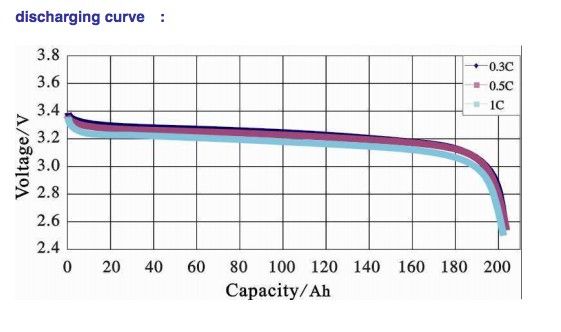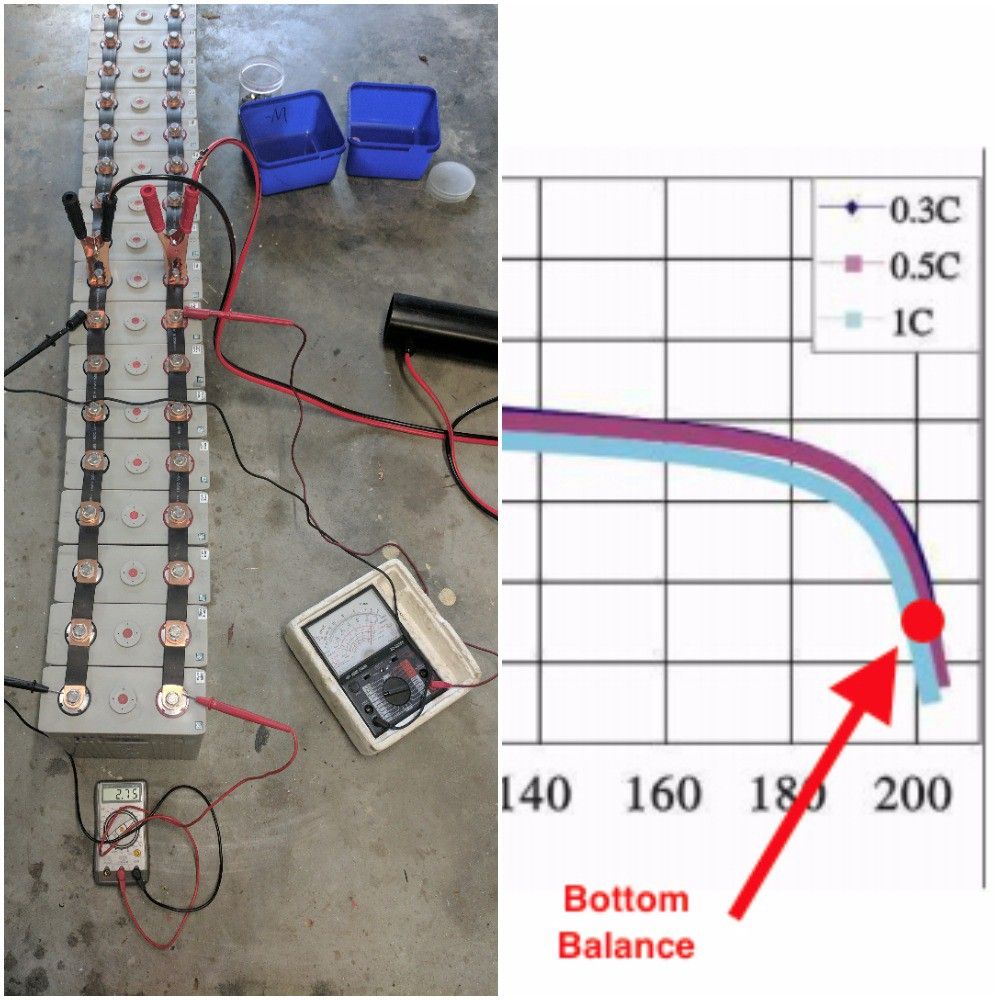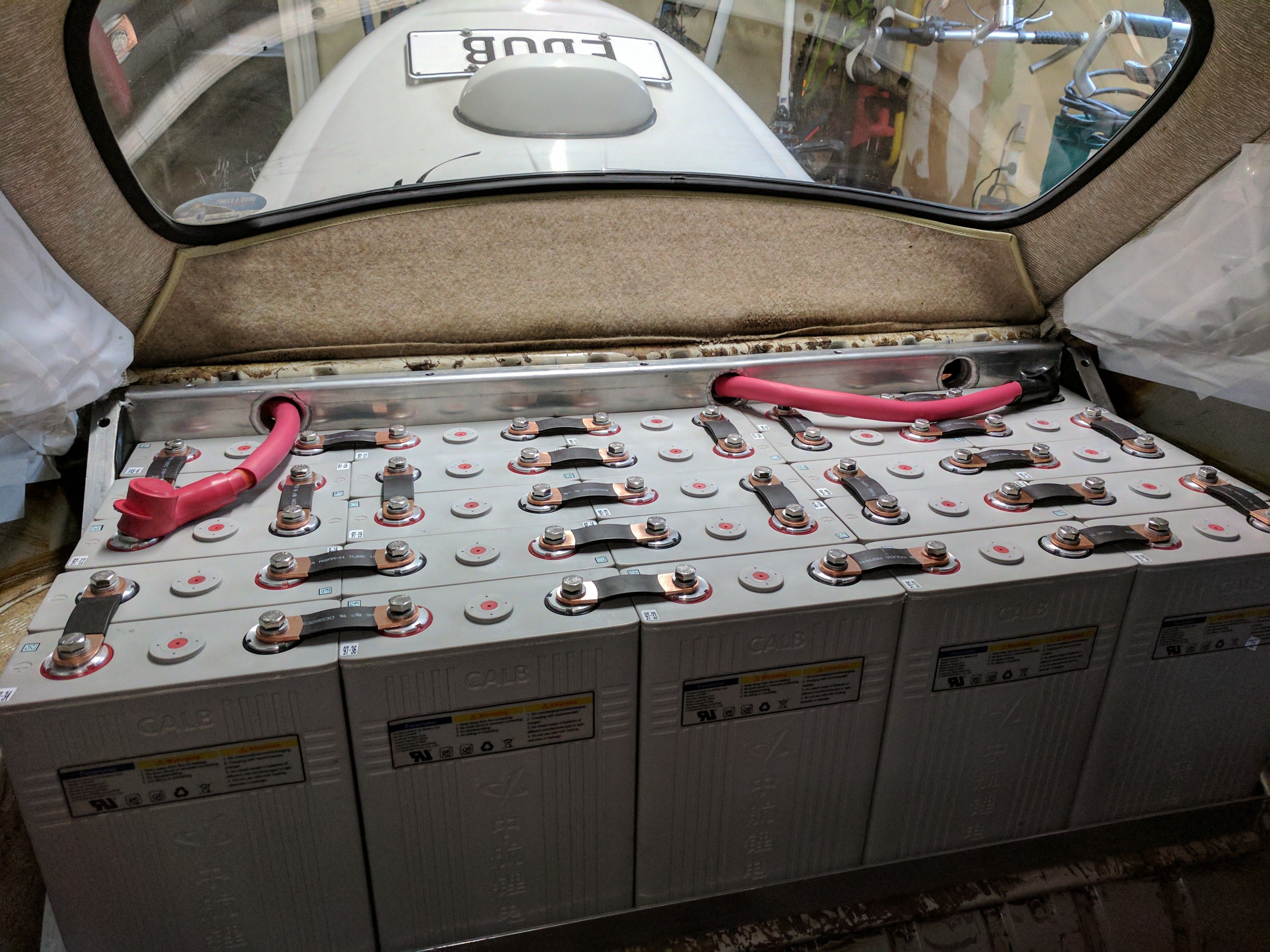eTrixie — part 11

Bottom Balancing
eTrixie is now on the road — but the conversion job is not over yet. Early in the eTrixie project I investigated Battery Management Systems (BMS).
A BMS requires an electronic circuit to be connected across the terminals of each cell in the battery — these are, in turn, connected to a system manager. The BMS monitors each cell to ensure each is not over-charged or over-discharged. To avoid this happening, the BMS circuit can shunt current to an individual cell.
For eTrixie I’m not going down the BMS track, instead there is only a monitor overseeing the full battery. Does that sound a bit risky?!
A legitimate concern is imbalance as the battery discharges, as you can see from the battery discharge curve below, with LiFePo4 cells the voltage drops off steeply when the cell approaches empty. It is particularly bad when ‘weaker’ cells arrive at this drop-off point ahead of ‘stronger’ cells. The ‘stronger’ cells will continue to push current through a discharged cell which will irreversibly damage it.

Bottom balance
A way to solve this problem is to bottom balance. This involves equally discharging all the cells to a known point over the ‘knee’. I chose to parallel my cells and discharge them to 2.7 volts.

Bottom balancing

Cells back in the pack!
Once all cells were at 2.7v I put the battery pack back together again and charged the whole pack up again. By starting to charge the cells, from a known bottom point, the next time they discharge to 2.7v they should all arrive at that voltage at the same time or in-balance. The situation of ‘stronger’ vs ‘weaker’ cells will not occur as the cells are in-balance.
So the balancing has been done, and the proof of the pudding will be in the eating!
Read more about the conversion:
-
Electric certification in part one
-
Power and brakes in part two
-
Removal of petrol components in part three
-
Flywheel and clutch upgrades in part four
-
The AC induction motor in part five
-
New Fuel in part six
-
High Currents in part seven
-
The Loom in part eight
-
Keeping it cool in part nine
-
Putting it all together in part 10 (including a video of the first drive!)
-
Bottom balancing and battery management systems in part 11
-
Getting the certification examination in part 12
-
eTrixie the Movie! Video walk through
-
A DIY EV in the real world in the final part